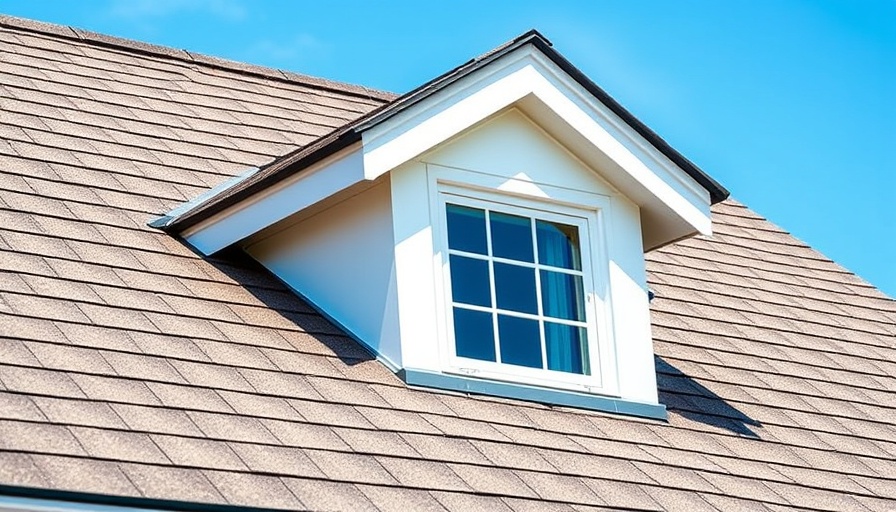
The Importance of Roof Ventilation for Homeowners
In the dynamic world of construction and home improvement, understanding the significance of roof ventilation is vital for homeowners and builders alike. One key player in this realm is the roof ridge vent, a seemingly simple yet essential component of a well-ventilated roofing system. Ridge vents, positioned along the peak of sloped roofs, allow stale and humid air to escape while letting cool, fresh air in. This natural process is crucial for maintaining a healthy attic environment, which benefits the entire home.
Understanding How Ridge Vents Function
Ridge vents operate on the principle of convection. As hot air naturally rises, it escapes through these vents, creating a negative pressure that draws cooler air in from soffit vents located at the eaves. This continuous airflow is vital for regulating both temperature and humidity in the attic space. By preventing overheating and moisture buildup, ridge vents protect roofing materials while enhancing indoor comfort.
Types of Ridge Vents and Their Benefits
There are several types of ridge vents available, each with distinct advantages:
- Ridge Vents With Baffles: These include internal barriers that guide airflow more effectively and block debris and moisture from entering the attic. This type is especially beneficial in climates with heavy rainfall or snow.
- Exposed Ridge Vents: Made from durable materials like metal or plastic, they provide efficient ventilation while adding an aesthetic touch to the roofline.
- Powered Ridge Vents: Equipped with electrical fans, these vents actively expel hot air, making them suitable for regions with high humidity or extreme heat.
Each type serves to enhance ventilation, but the choice depends on specific roofing styles and environmental conditions.
Why Choose Ridge Vents?
The advantages of installing ridge vents are substantial. They improve energy efficiency by reducing the workload on HVAC systems, which can lead to lower energy bills. Additionally, ridge vents contribute to extended roof lifespans by preventing moisture accumulation that could cause mold growth and other structural issues. Homeowners will find that effective ventilation systems can not only improve comfort levels but also help in maintaining indoor air quality by circulating fresh air throughout the home.
Installation Considerations for Ridge Vents
Installing a ridge vent may seem straightforward, but proper execution is key to ensuring its effectiveness. Here are essential steps typically involved in the installation process:
- Remove the ridge cap shingles and prepare the area.
- Cut a slot in the ridge for ventilation, ensuring it is deep enough to facilitate airflow but does not obstruct it.
- Position and secure the ridge vent over the cut, sealing edges to prevent leaks.
- Reinstall ridge cap shingles to complete the process, providing a clean finish.
While DIY approaches are common, hiring a professional is often advisable for best results, especially for those unfamiliar with roofing systems.
Conclusion: An Investment in Your Home’s Future
Overall, ridge vents are a smart investment for any homeowner looking to enhance the ventilation and longevity of their roof. Proper attic ventilation not only protects against damage but also promotes energy efficiency, ultimately contributing to a healthier living environment and saving on future repair costs. If you're contemplating a roofing project or need a ventilation upgrade, consider consulting with professionals who can guide you in making the best decision for your home. Discover how ridge vents can transform your attic space today!
 Add Row
Add Row  Add
Add 




Write A Comment